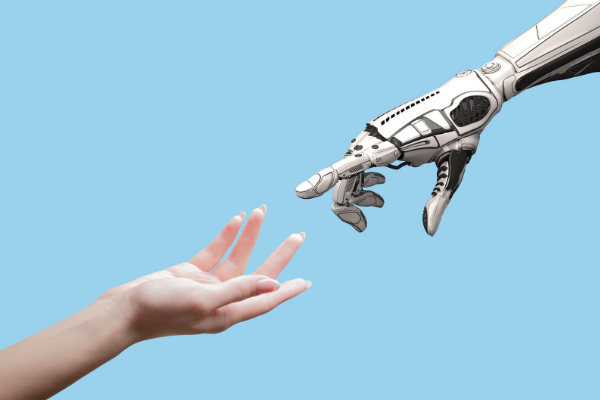Insights
INSIGHTS
All Topics
The big data trends for 2021
07 Jun 2021by Paul Rubens
Artificial intelligence, virtual reality, and other innovations will make big data more valuable than ever to charities in the coming months
Big data analytics is all about extracting the valuable insights that are hidden in the vast amounts of data that charities can access. The good news is that the latest developments will make it easier than ever for charities to benefit – and profit – from big data.
Here are some of the most interesting big data trends which will emerge in 2021.
Artificial intelligence will do the heavy lifting
Many charities have significant volumes of data about their donors and potential donors in their constituent relationship management (CRM) systems. This data includes when they were last contacted, how much they have donated, the average donation value, and so on.
Over the coming year, products that make use of a branch artificial intelligence called machine learning (ML) will make it easier for fundraisers to get insights from this data. These could include who the most valuable donors are, how often donors should be contacted for repeat donations, which donors are likely to increase their donations, and which one-time donors are most likely to be converted to repeat donors.
What’s interesting about machine learning systems is that they find ways of answering these sorts of questions in ways that are not intuitive, by finding connections and relevance in data that is seemingly unconnected to the question at hand. They also learn and increase their accuracy over time as new data is generated and they are given access to new types of data.
Asking questions will become easier with natural language processing
One drawback to big data analytics is that it can sometimes be too complicated for unskilled people to take advantage of it. That means that unless charities have access to data scientists, they may not be able to extract insights from their data by themselves.
But another branch of artificial intelligence called natural language processing promises to make big data analytics much more accessible to charity staff. That’s because it allows big data analytics users to ask questions in plain English, such as “who are our most valuable supporters?” or “which one time donors are most likely to become repeat donors?” and get answers from the data analytics system.
Virtual reality will help charity staff explore data
One of the key ways to analyse data is through the use of data visualisation. This involves converting raw numbers into graphs, charts, dashboards, and other representations that make it easier for charity staff to see trends, spot outliers, and generally make sense of data.
Increasingly, charities will have the opportunity to explore data in virtual reality environments. That means that rather than just seeing data, charity staff will be able to walk around 3D representations of it and make more sense of it by moving it around or digging in to it.
Essentially, using virtual reality promises a richer and more intuitive way to represent data which should make it easier for charity staff to understand it and extract insights from it.
The cloud will lower costs and increase scale
One potential problem with big data analysis for charities is that, by its very nature, it involves storing huge volumes of data and using large amounts of computing resources to analyse it. This can be very costly for charities, with the potential for hardware purchases to become obsolete or inadequate very quickly.
For that reason, charities and other organisations will increasingly look to cloud-based big data analytics systems that can store almost unlimited amounts of data and provide the computing power to analyse it when needed.
It’s likely that the cloud will end up being the natural home of big data analytics and by next year public cloud services will be essential for 90% of data and analytics innovation, according to IT research company Gartner.
Data marketplaces will make data access easier
Big data analytics relies on the availability of data and many charities are now used to the idea of storing all the data they collect and deleting nothing (unless obliged to do so – for example, for regulatory compliance reasons.)
The coming year will see the emergence of data exchanges and market places which will act as cost effective sources of data that can be accessed by charities for analytics purposes. These are in addition to the open data sets that charities can already access.
The idea behind these exchanges and marketplaces is two-fold. Firstly, if a new low cost source of data significantly enhances the value of the insights a big data analytics system can surface then it clearly is worth a charity paying for it. Better still, an exchange of data between to organisations may enable both to get more value from their analytics systems without any additional data acquisition costs.
Secondly, charities may also be able to monetise some of their own data that they have collected by making it available to other charities or organisations through these exchanges and marketplaces. That means that data monetisation may go a small way towards covering the cost of big data analysis.
More on this topic
Recommended Products
Featured Products
15 Jan 2025by kirsty marrins
AI and the future of service delivery
03 Jan 2025by Joe Lepper
Top digital tools to help charities measure their impact
Our Events
Charity Digital Academy
Our courses aim, in just three hours, to enhance soft skills and hard skills, boost your knowledge of finance and artificial intelligence, and supercharge your digital capabilities. Check out some of the incredible options by clicking here.



















